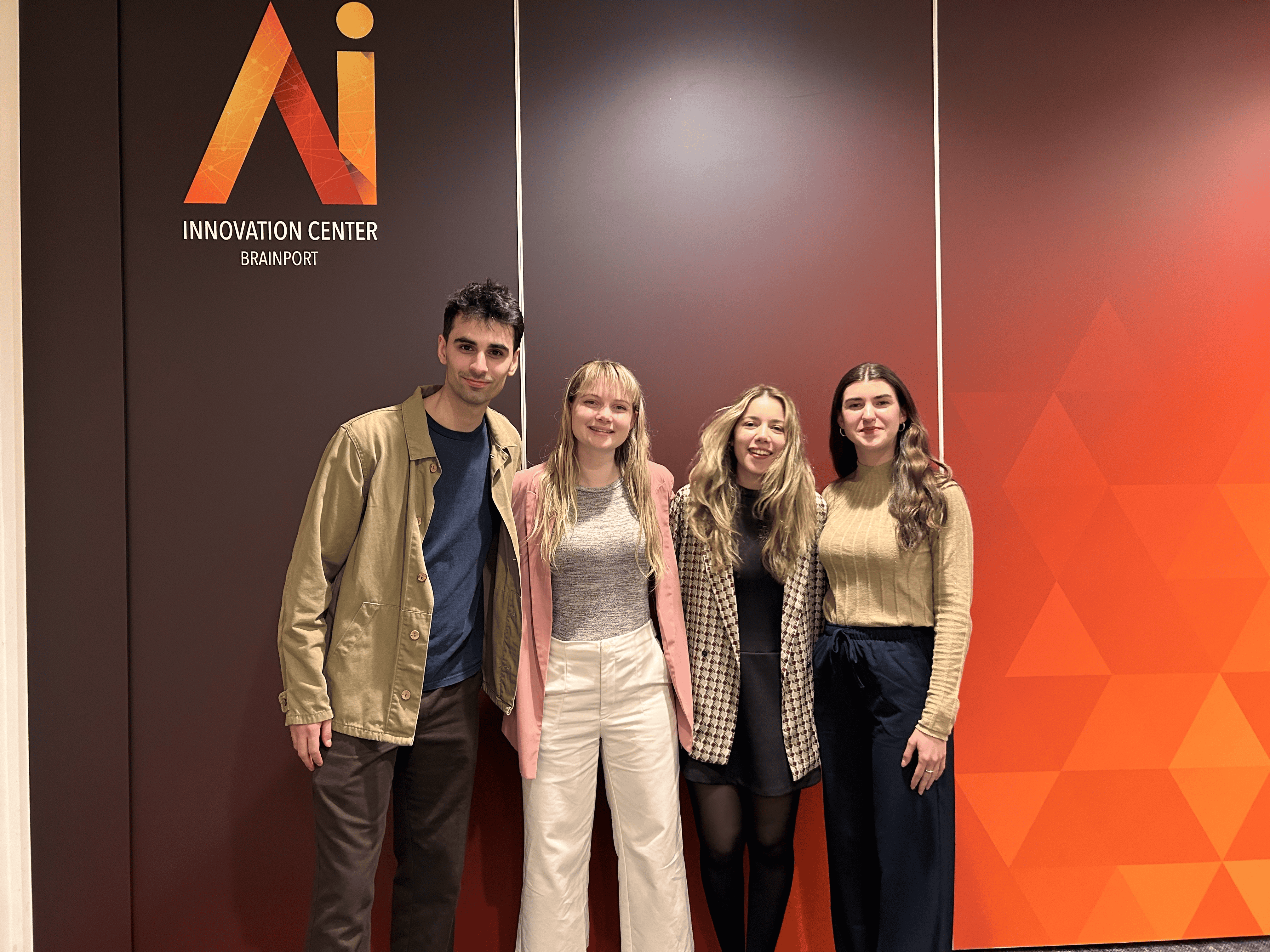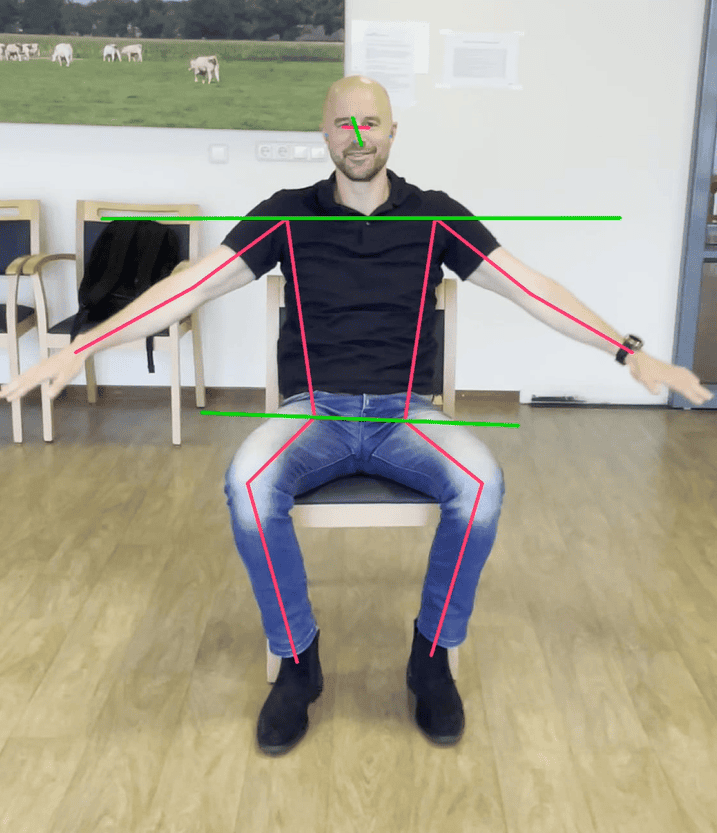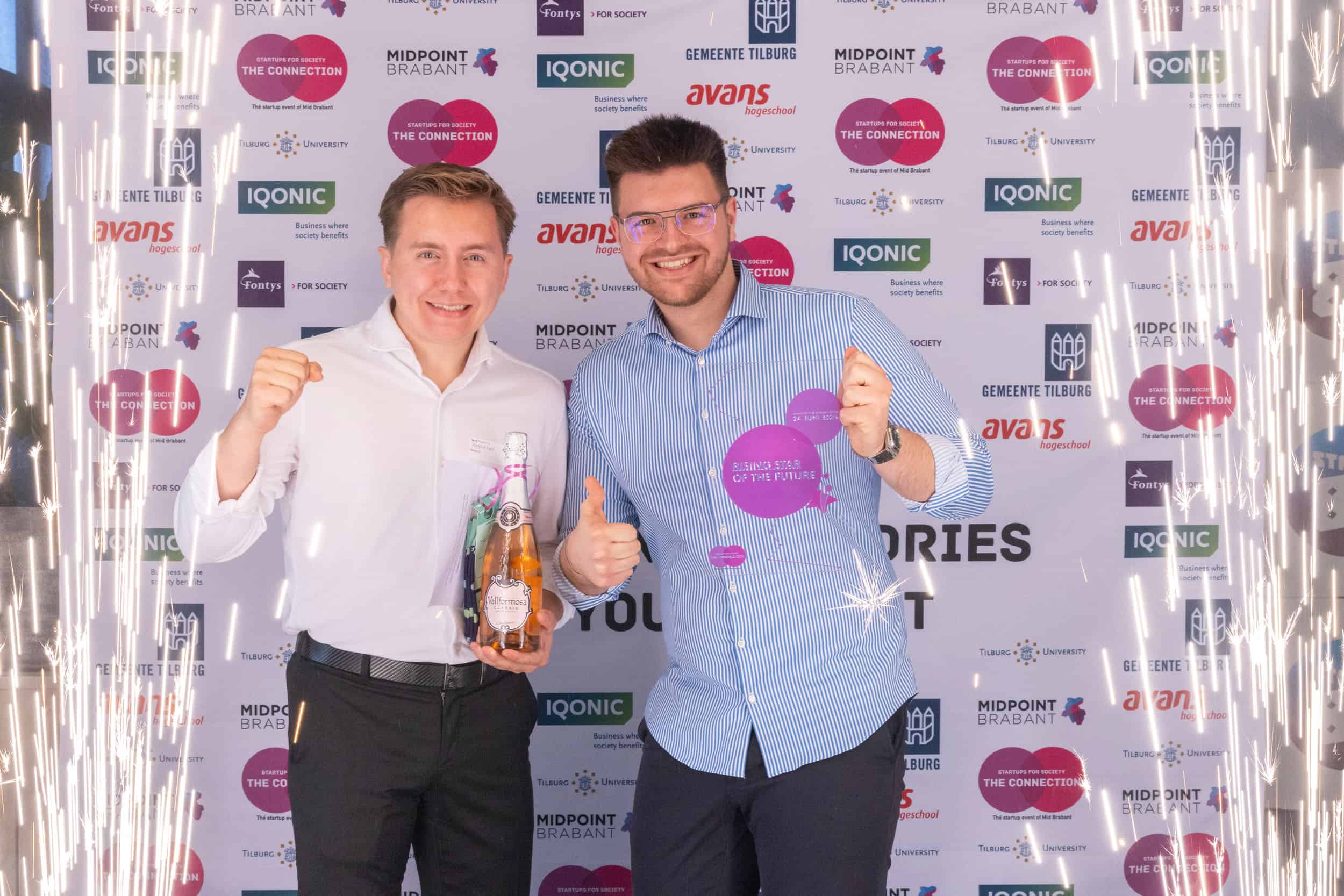
About Bingli
- Founders: Physician Piet Van de Steen and jurist Tom Van De Putte
- Founded in: 2017
- Employees: 10
- Money raised: financed with venture capital
- Ultimate goal: Become the world leader in communication between doctor and patient
Belgian start-up Bingli has developed an app that helps a patient prepare for a visit to their GP in the best possible way. Thanks to this app, a doctor can make a better diagnosis. It also saves them time. The start-up has grand ambitions and wants to become the world market leader in the field of communication technology between GPs and their patients. For this edition of Start-up of the Day, Innovation Origins spoke with Tom Van De Putte, one of the founders.
What is Bingli?
“Bingli is a completely dynamic web-based chatbot. With this, patients are able to answer questions at home that their GP would normally ask during a consultation. The chatbot asks patients in advance 70 to 100 percent of the questions that a doctor would normally ask. It requests information about the patient’s ailments when the patient makes an appointment with the doctor. The answers that the patient provides are then sent to the doctor. This allows the doctor and patient to be better prepared for the consultation, and it makes the visit to the doctor more efficient. Patients can communicate through our platform in their own language, not pressured by time, in other words, at their own pace. This way, patients can be more relaxed leading up to their appointment. During the visit, the GP can concentrate on their added value as a doctor. It also saves the GP up to 30 percent in time per visit.”
How did the idea for Bingli come about?
“Patients know that a doctor’s appointment can involve a lot of questions and stress. There’s a lot that needs to happen in a short amount of time. We know from studies that on average, a patient is interrupted by a doctor after only 11 seconds. Often, the patient does not realize until afterwards that they missed mentioning certain things. This leads to frustration on both sides. In many cases, the patient doesn’t know what to say and more importantly, they don’t know how to articulate it. Also, the patient doesn’t always know what is important and what is not. As a result, a lot of quality is lost in the interaction between patient and doctor and a lot of valuable time as well. By using Bingli, patients are also more likely to share sensitive information. Especially for problems that are considered taboo, such as those to do with drugs, alcohol and sexual problems. They can also talk about issues that are difficult to express verbally, such as psychological problems. They can do that more easily because they are not having a face-to-face encounter.”
Are you making use of artificial intelligence?
“A doctor asks the patient questions and then will consider or exclude certain things in their response. We are mimicking how a doctor would reason. We’re simulating the human intelligence of a doctor in an artificial, intelligent model. This is something we are doing much faster and more comprehensively than has been done before. We’re always looking at all the different possibilities. That covers hundreds of thousands of combinations of symptoms and diagnoses.”
Also interesting: Do health apps solve the problem with Dr. Google?
For example, we ask: ‘How long have you had a sore throat? How much pain are you in? Do you have a fever and do you feel tired?’ We recalculate with each new answer. The doctor sees the possible outcomes and diagnoses. We always show doctors ten diagnoses that we rank from most likely to least likely. Frequently, a doctor only thinks of two or three possibilities. Therefore, we do broaden their perspective on what possibilities are out there. That in turn puts the doctor at ease as well. We never make a diagnosis or a decision. The doctor makes a decision and lets us know through the system. With the feedback from doctors, we are going to, amongst other things, validate and refine our algorithm. We also make use of machine learning.”
How correct are your diagnoses?
“We have an accuracy rate of 90 percent and therefore are the most accurate system in the world. The doctor has to make the final decision. Everything is based on artificial intelligence. Just take this example – recently, a woman came to a doctor with vague abdominal complaints. The doctor had no idea what was causing this. With the help of our platform, the doctor could see that the woman had a gynecological problem. Thanks to this extra information, the doctor was able to treat the woman properly. Otherwise, he would have made the wrong decision based on the symptoms. Often doctors have to make a diagnosis in a matter of minutes, yet it can have major consequences. Effectively, we are helping doctors to make a diagnosis. We are giving the doctor a better picture of the patient on the basis of their symptoms, while also taking the patient’s history and risk factors into account.”
You don’t want to replace the doctor?
“Definitely not. We think that the face-to-face interaction between doctor and patient is crucial. The doctor still has to do physical procedures, like measuring blood pressure, for example. We are getting feedback from patients as well as GPs, so that the quality of the face-to-face meeting or consultation will continue to improve.”
How have you grown in these past five years?
“The development started in 2017. We launched our tool just before corona hit, back in August 2019. Right now, 15 Belgian hospitals, 750 GPs and 500,000 patients are using our software. The growing success with hospitals and doctors with private practices has allowed us to grow into a company with ten people.”
What ambitions do you still have?
“We are now active in Belgium and the Netherlands. Our ambitions are global in scope, our platform is multilingual. That makes it possible to get involved in many different countries. At the moment, we are busy setting up a pilot in the United Kingdom. France and Germany are still on our list. We are also setting up a pilot in the US at a large hospital group. In Singapore, we’ve recently started collaborating with a cardiology center. There is a much greater need for our app in other countries. In many countries, the healthcare system is not so well organized. For example, In Sub-Saharan Africa, there is a huge shortage of doctors. We can provide nurses with support In remote areas, such as Southeast Asia. The world is our market.”
Photo: Tom Van De Putte (in the front) and Piet Van de Steen (c) Bingli









